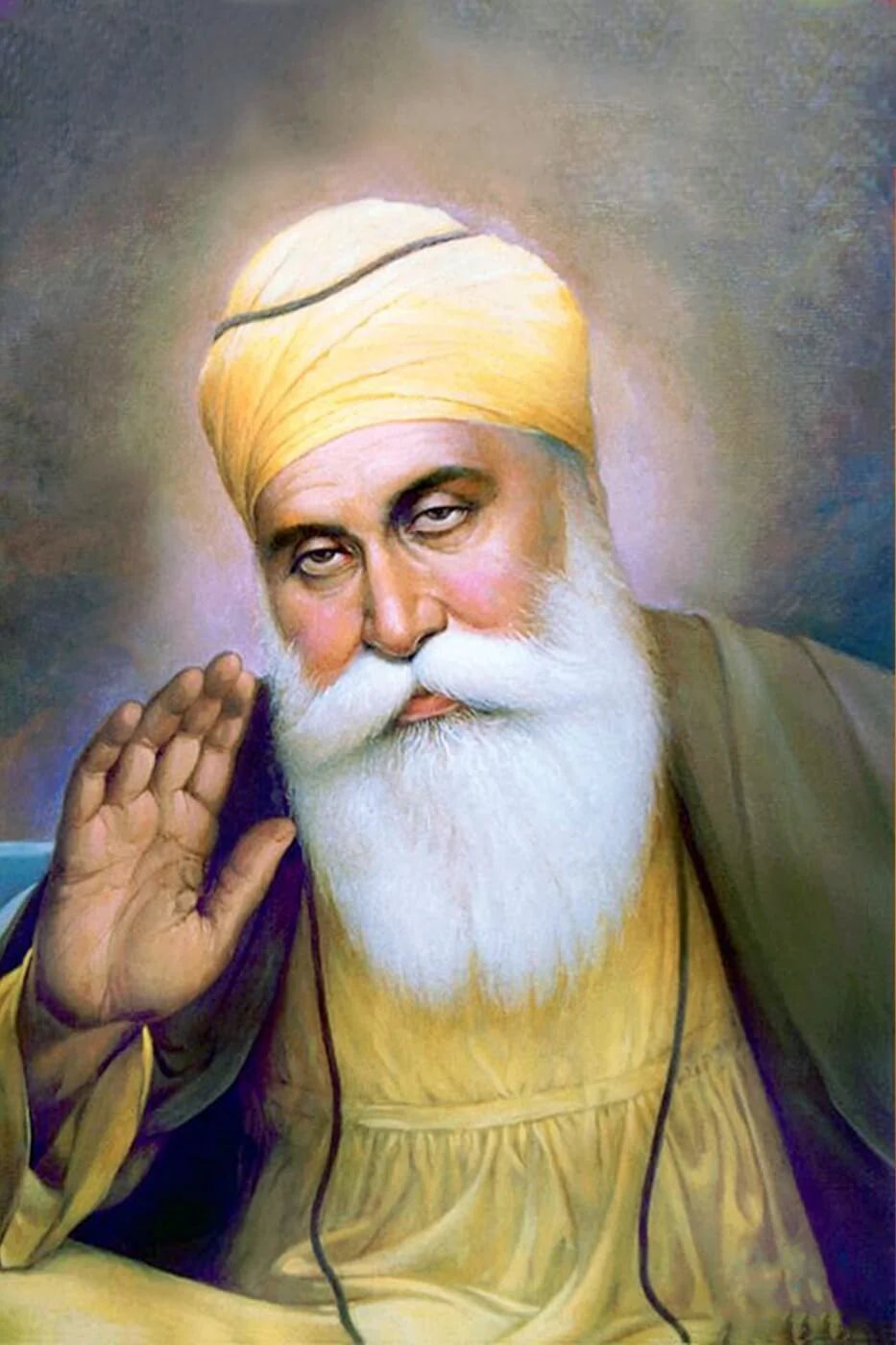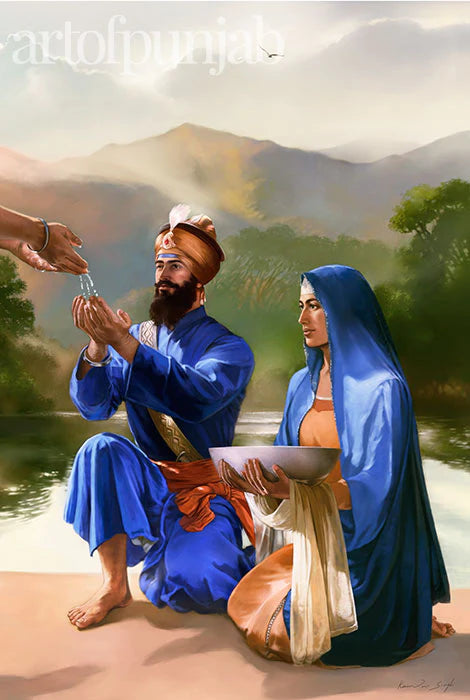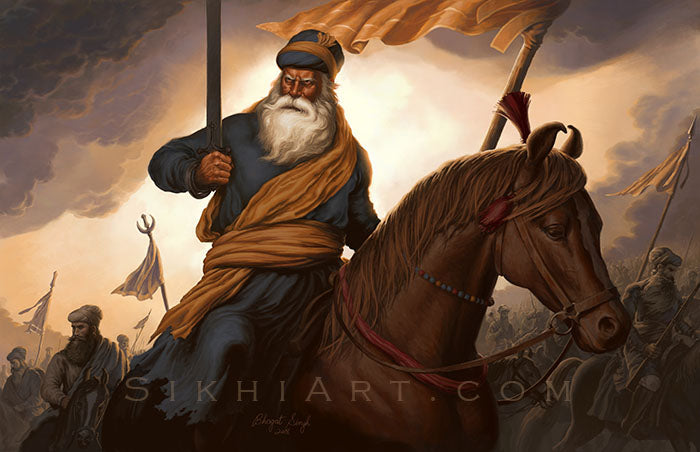
History of the Kara in Sikh Religion
The Kara, a pivotal symbol within Sikhism, holds deep historical and symbolic significance in the Sikh community. Originating in the time of Guru Nanak Dev Ji during the 15th century, the Kara emerged as a fundamental emblem in Sikh faith. Guru Nanak, the founder of Sikhism, advocated for principles of equality that transcended societal barriers. The Kara, a steel or iron bracelet, symbolizes eternity, representing the timeless nature of the Divine.
Its circular shape signifies the unbreakable connection between individuals and the divine, serving as a constant reminder of this eternal bond. Notably, the Kara was encouraged to be worn by all, regardless of social status, caste, or gender, promoting unty and equality among Sikhs.

Integration into Sikh Identity and Cultural Shift
The Kara has become an integral part of Sikh identity, reflecting the core principles of the religion. It serves as a constant reminder of the values upheld in Sikhism, such as the belief in oneness, equality, and an everlasting connection with the Divine. Its importance transcends that of mere jewelry, signifying a commitment to the Sikh way of life.
Beyond its symbolic value, the Kara also served practical purposes. Historically, it was worn as a form of defense, with its metal construction offering potential protection in times of need. This duality - as a spiritual symbol and a functional item - contributes to its significance within Sikhism.

Traditional Design of the Kara
Traditionally, the Kara is made from Sarabloh, a type of steel, because of its accessibility and affordability. Sarabloh is a readily available and inexpensive material, ensuring that the Kara is accessible to all people, regardless of their economic means. This choice of material enables the Kara to fulfill both its symbolic and practical functions, symbolizing unity and protection while being a cost-effective option for all members of the Sikh community.
However, in certain instances, there has been a deviation from this conventional selection of material. In Punjabi culture, it has become typical to observe Karas crafted from materials such as gold. This shift towards more valuable materials inherently contradicts the initial Sikh principle of inclusivity for all. Gold Karas, although culturally significant, undermine the notion of the Kara as a representation of equality and solidarity, as they often come with a high price tag that many cannot afford.
We believe Titanium will serve as a middle ground between traditional Sarabloh and precious metals like gold, offering both practicality and affordability to everyone.